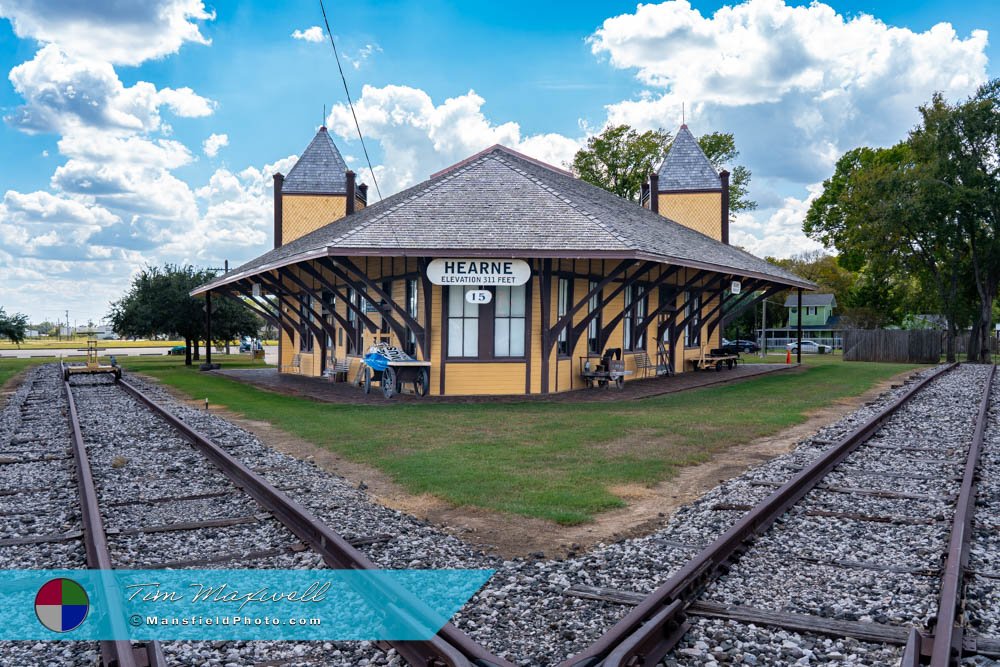Salado, Texas
– A Town Born by the Waters.
Salado, Texas, is a charming village located along the banks of Salado Creek, a key water source that gave the town its name. Founded in 1859, Salado has a rich history that reflects the broader story of Texas. The name “Salado” comes from the Spanish word for “salty,” referencing the mineral-rich waters of the creek, which attracted early settlers and Native American tribes alike. This scenic area became a gathering point for travelers, traders, and cattlemen, as the creek provided essential water along early Texas trails. The town is on our Texas bucket list of places to visit.
The Birth of a Cultural Hub
Salado quickly established itself as a center for education and commerce. In 1860, the town founded Salado College, one of the first coeducational institutions in the state. The college was a prestigious school at the time, attracting students from across Texas. Though it eventually closed in 1885 due to financial difficulties, the legacy of education in Salado lived on, influencing the character of the town. The college building, though ruined by fire in the early 20th century, remains a historical site that visitors can still explore.
The town also became a popular stop along the Chisholm Trail, a major cattle-driving route in the late 1800s. Salado’s strategic location made it a natural resting place for cattlemen, contributing to its growth as a small but bustling hub in Central Texas.
Historic Landmarks and Legends
Today, Salado is known for its well-preserved historic buildings and deep ties to Texas heritage.
The Stagecoach Inn, originally built in 1861, is the oldest continuously operating hotel in Texas. Its storied history includes visits from notable figures like Sam Houston and Jesse James, and it remains a popular destination for tourists seeking a glimpse of the past.
Another point of pride is the Robertson Plantation, home to Sterling C. Robertson, a leader in the Texas Revolution. The plantation is one of the many structures in Salado that have been maintained to preserve the town’s historical atmosphere.
Salado also enjoys an artistic legacy, with many galleries, craft shops, and studios calling the town home. In the late 20th century, Salado became a haven for artists and artisans, earning a reputation as an artsy, bohemian escape. Festivals, art shows, and craft fairs remain an integral part of modern-day Salado, drawing visitors from across the state.
Salado in the Modern Era
While Salado maintains its small-town charm, it has embraced growth without losing its roots. The population remains modest, hovering around 2,500 residents, but tourism is a vital part of the local economy. Visitors flock to explore the antique shops, art galleries, and historical landmarks that make Salado a beloved weekend destination in Central Texas.
Efforts to preserve Salado’s history remain strong, with ongoing restoration projects and a community passionate about its past. The natural beauty of Salado Creek, which sparked the town’s founding, continues to draw nature enthusiasts and history buffs alike.
From its early days as a trading post and educational center to its present-day status as a cultural and historical gem, Salado is a town where the past and present harmoniously flow together, much like the creek that runs through it.
Small Town Texas in Photos
250+ Texas Towns, 3000+ Images and Counting!














